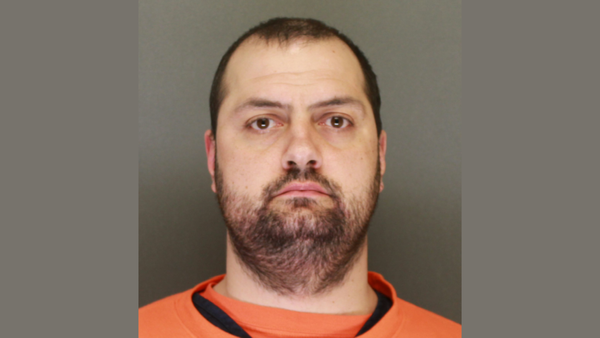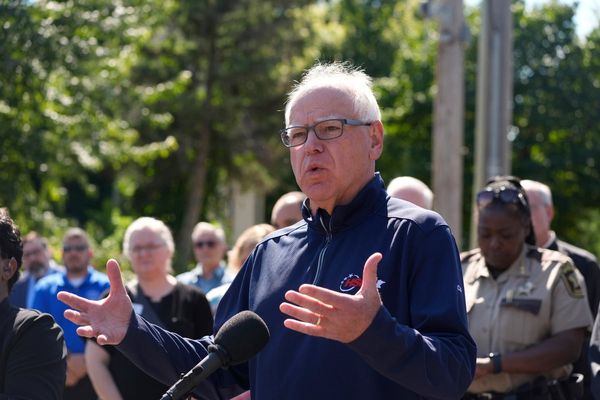It has been a challenging few weeks for both the AFL and LGBTQIA+ communities, with a sixth incident of homophobia in the men’s competition since the league’s crackdown on this damaging language.
Read more: Australian sports media is compounding the AFL's homophobia problem
But in more positive news, former West Coast player Mitch Brown has come out as bisexual in a groundbreaking interview.
This announcement is a landmark moment for gay and bisexual men in one of Australia largest and oldest sporting codes.
For too long, debates around inclusivity and homophobia in the men’s AFL competition have failed to hear the actual voices of gay and bisexual men.
That changes with Brown’s announcement.
Male athletes breaking new ground
In Australia, we are starting to see more men come out at the highest level of sport, including Josh Cavallo (Adelaide United, A-League) and Issac Humphries (Adelaide 36ers, National Basketball League).
Yet the AFL has been one of the last sporting communities for a men’s player to come out. Why?
On one hand, societal attitudes globally, and in Australia, show more support towards lesbian, gay and bisexual people. On the other, these attitudes are often not reflected in sporting organisations. Many lag behind society.
As the most recent incident of homophobia in the AFL (involving Adelaide’s Izak Rankine) highlighted, men’s sporting cultures are still problematic.
We only need to be reminded of Cavallo’s revelation that he received “multiple death threats” daily after he came out, adding:
In the world of football, being an openly gay player is a very toxic place […] coming out brings all this attention, it brings all this pressure, brings all this negativity.
It also reminds us that homophobia can impact heterosexual people, too.
For example, in sport, calling someone “gay” is often used as an insult, even if the person is straight. The point is to suggest being gay is something shameful.
So, homophobia creates a culture in which people are scared of being labelled, pressured to “prove” their masculinity or sexuality, and worried about how they are perceived.
Homophobia harms everybody.
For example, research I conducted in cricket found 75% of LGBTQIA+ people, and 50% of heterosexual people, had witnessed or experienced homophobia.
The research I led last year, titled Free to Exist, showed experiences of discrimination in sport for LGBTQIA+ young people (16–25) overall declined from 80% in 2015 to 53% in 2024.
However, among young gay men in sport specifically, there was no change, with 76% of young gay men witnessing homophobic language.
This sends a message they are not welcome and must hide their sexuality for fear of abuse.
We know this has long-term consequences for mental health and discourages them from playing team sports.
Much has been written about the lack of openly gay and bi men in AFL and men’s sport broadly. Brown’s coming-out interview highlights reasons for this.
The locker-room comments relayed in his interview, about another player not wanting to shower with a gay player, reinforce homophobic attitudes that are too common across sporting spaces.
Bisexual athletes have fought for visibility
Bisexual people make up the largest percentage of people in the LGBTQIA+ acronym, yet it is the group we hear about the least.
Bisexual sportspeople have also been overlooked in media discussions around LGBTQIA+ inclusion and exclusion in sport.
The bisexual women athletes I have interviewed in my research have described ongoing challenges related to their identities.
Those who have men as partners or husbands are often questioned and feel their previous relationships with women are disregarded or not seen as valid. Stereotypes and myths about bisexual people – such as the ideas that bisexuality is just a phase or simply due to confusion – also cause people to hide their sexuality.
Also, coming out or sharing your identity is not a one-off event for athletes who must also reveal their identity to teammates, coaches and volunteers, which Brown described in his interview.
We have seen the positive impacts inclusion can have in women’s sport, but it is now time for men’s teams and clubs to join the party.
For too long, they have tried to absolve themselves from the collective responsibility to ensure safe workplaces for LGBTQIA+ athletes.
Young people need role models
The Free to Exist report also revealed young LGBTQIA+ people feel overwhelmingly positive about public role models in sport.
They said it was refreshing to see various AFLW players, and soccer star Sam Kerr and her partner, for example, positively represented across media platforms and social media.
This normalises LGBTQIA+ identities and relationships.
However, there were very few discussions about male players, highlighting the lack of male gay and bisexual role models across sports, including in the AFL.
Having positive representation and visibility of gay and bisexual men affirms young people’s identities and makes them feel validated and seen.
Hopefully, this historic moment becomes an opportunity for the AFL and other sporting codes to reflect on their inclusivity of gay and bisexual men.
We can now move past media headlines about when a male player will come out in the AFL.
What a shame the sixth incident of homophobia in two years was the backdrop.
Brown’s courage will have far-reaching consequences for the game and for people coming to terms with their sexuality.
Ryan Storr consults to Proud2Play. He receives funding from VicHealth. He is affiliated with Proud2Play.
This article was originally published on The Conversation. Read the original article.







